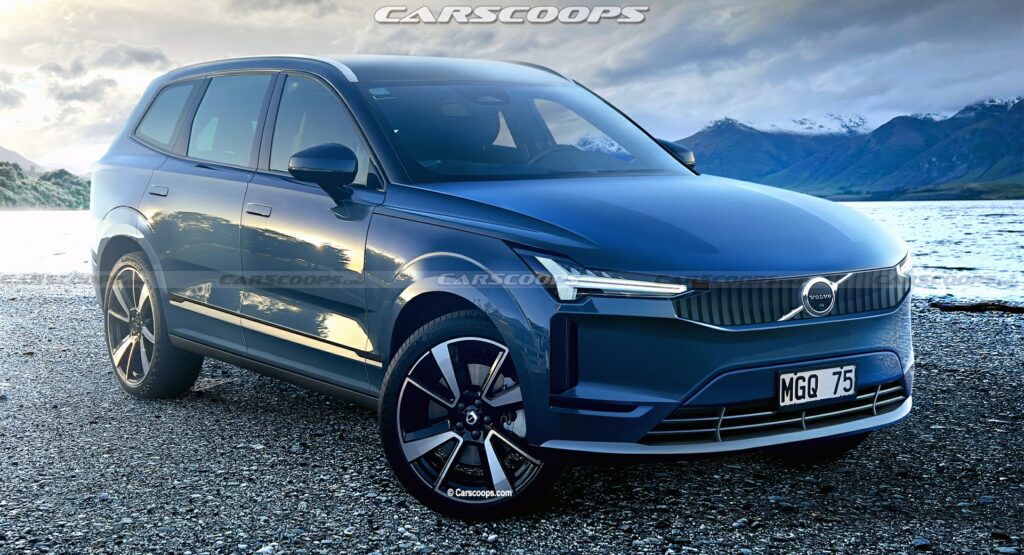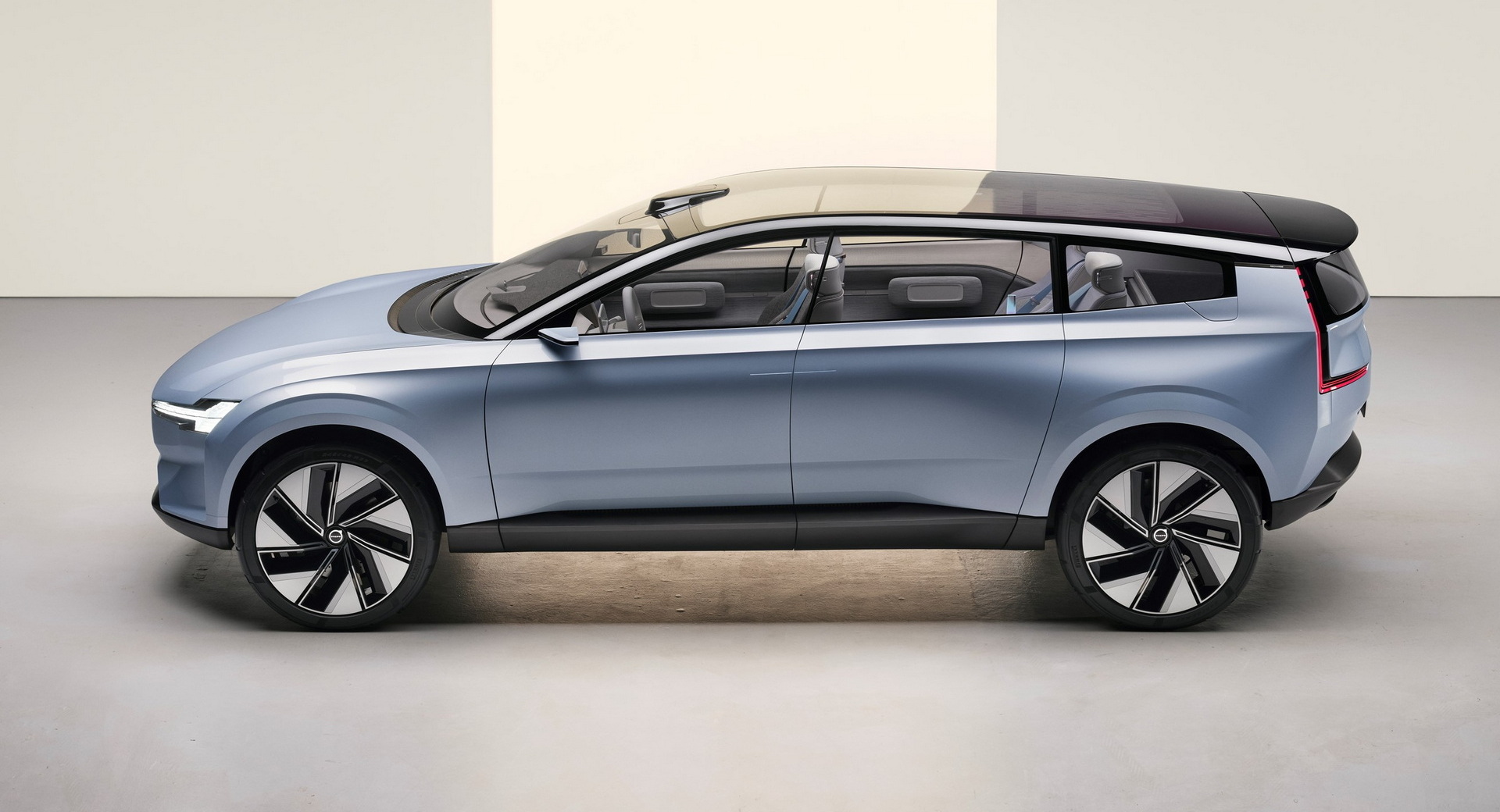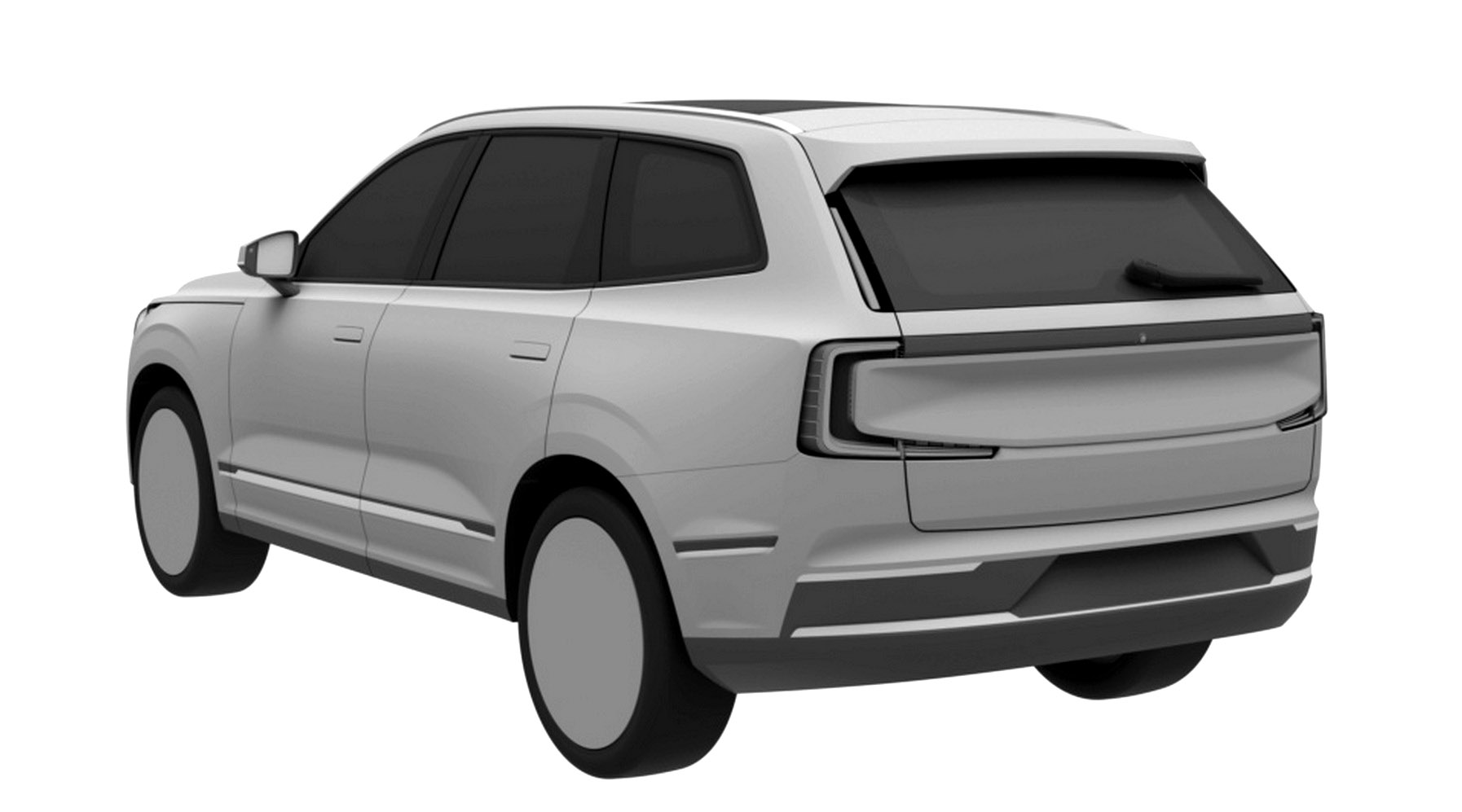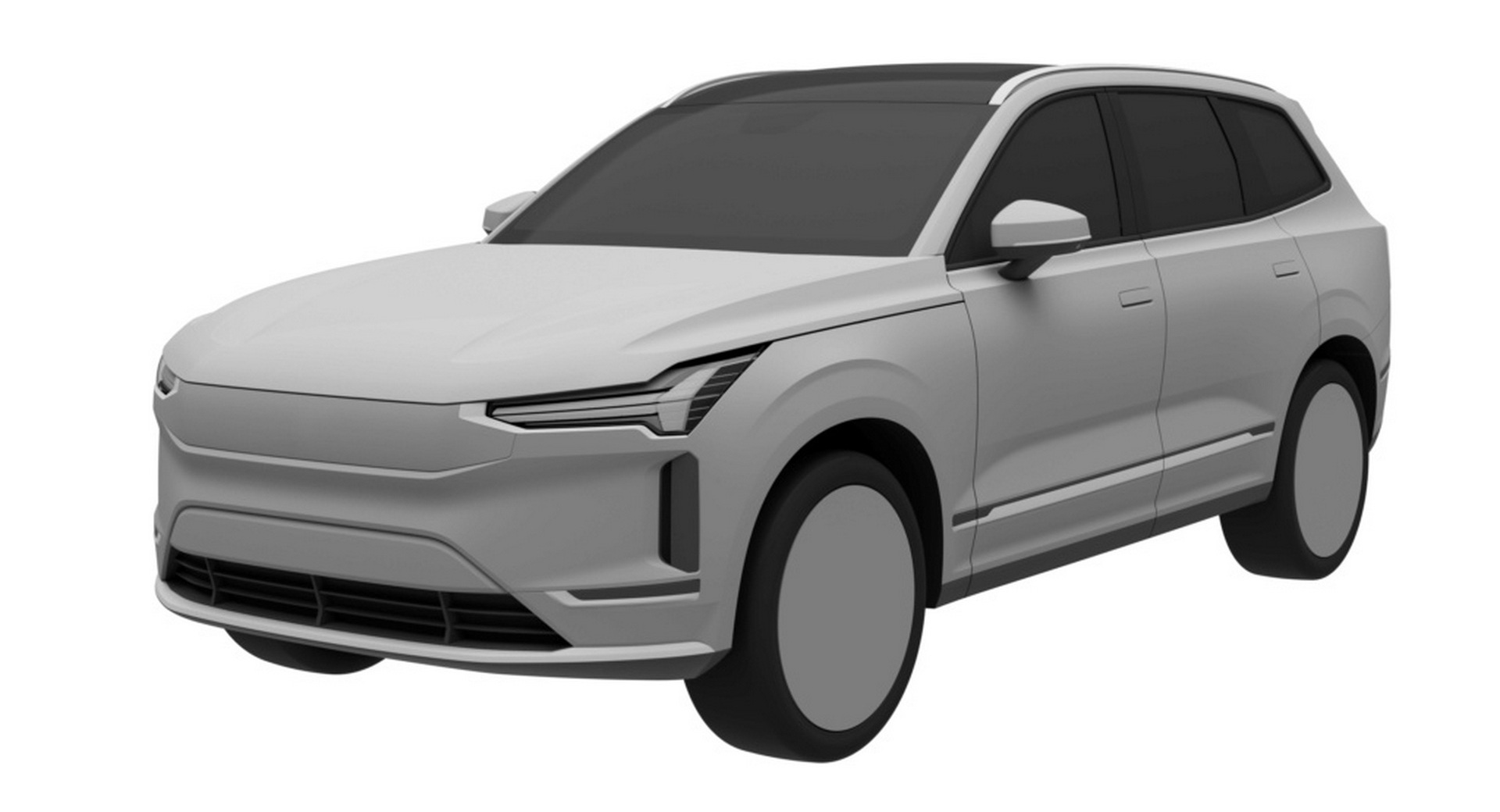The long-awaited electric successor to the Volvo XC90 is expected to be unveiled in the final quarter of this year.
Recent trademark applications made with the European Union Intellectual Property Office indicate that the vehicle will be dubbed the Embla, ditching the brand’s traditional alphanumeric nomenclature.
Underpinning the new electric SUV will be the automaker’s SPA2 platform that can accommodate a host of combustion and all-electric powertrains. The XC90’s successor will be the first Volvo model to use this platform but a number of others will follow suit in the coming years. The electric version of the platform will offer a completely flat floor.
Reports suggest that the Embla will be offered to customers with single and dual-motor options with grunt likely sitting in the 400-455 hp region. Providing the motors with their juice will be a 100 kWh lithium-ion battery pack complete with 800-volt technology that will allow for DC fast-charging and a driving range of over 372 miles (600 km).
“It’s a very exciting time for us because it takes us into another sphere – it’s another building block towards the future,” Volvo chief executive Jim Rowan recently told Autocar when speaking about the electric SUV. “That model itself is an extremely important vehicle for us.”
Read More: This Is All We Know About The Volvo XC90’s All-Electric Successor
Patented images of the Embla have revealed that its design will be very similar to that of the Recharge Concept introduced in 2021. The front will feature familiar yet refined LED headlights with bold daytime running lights. A small faux grille will also be featured while the side profile appears very similar to the current XC90. The rear end is quite different, however, thanks to the new lobster claw-shaped LED taillights.
The interior of the Volvo Embla will also be much different than the current model, reflecting its EV underpinnings. Leaked images have revealed the SUV will sport a portrait-oriented infotainment system but may be completely void of a traditional instrument cluster, perhaps making way for a display mounted on the steering column or an advanced head-up display with augmented-reality technology.






